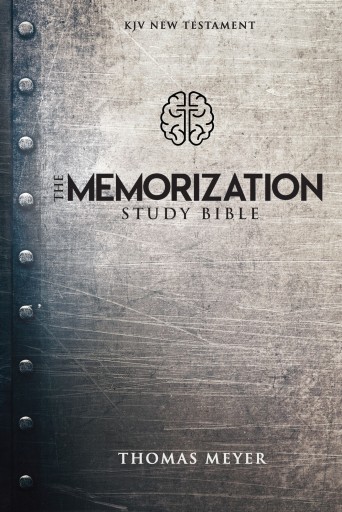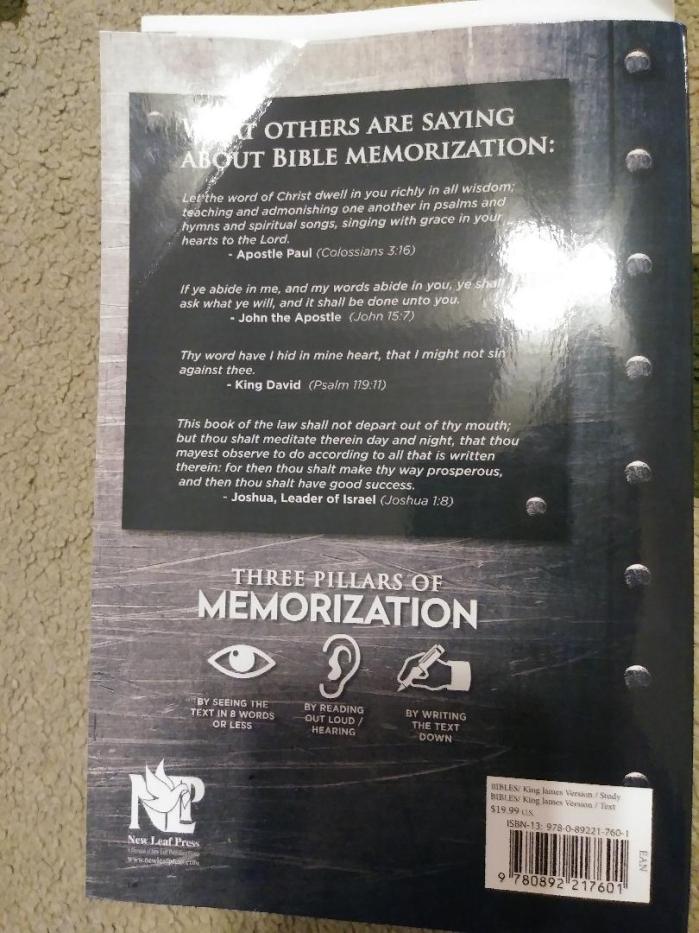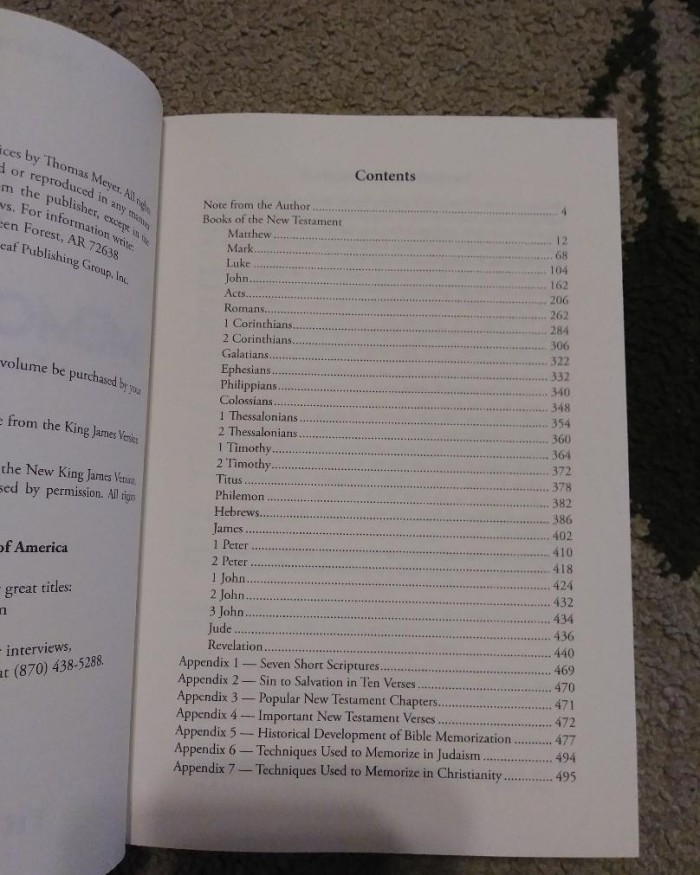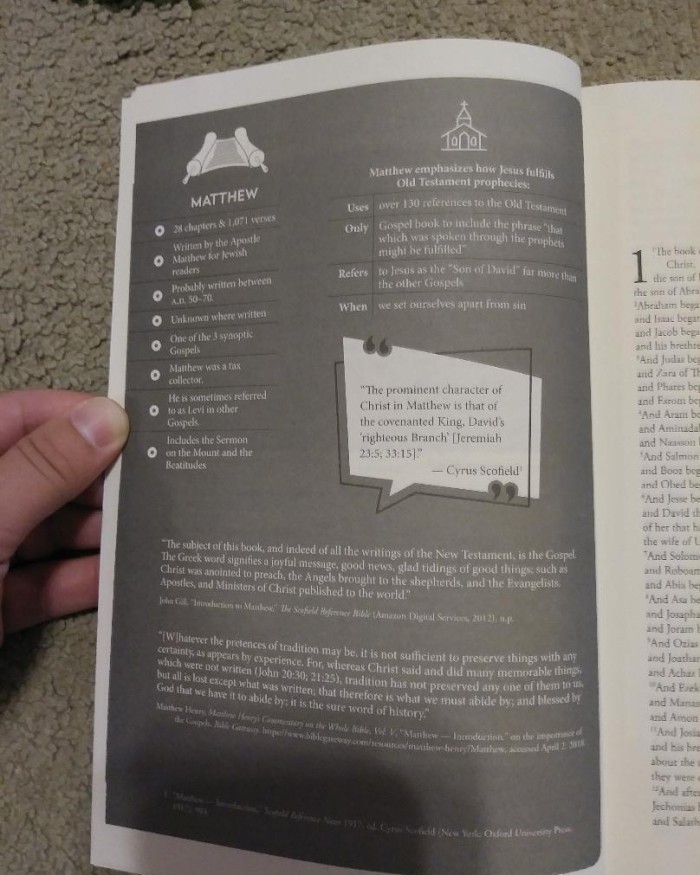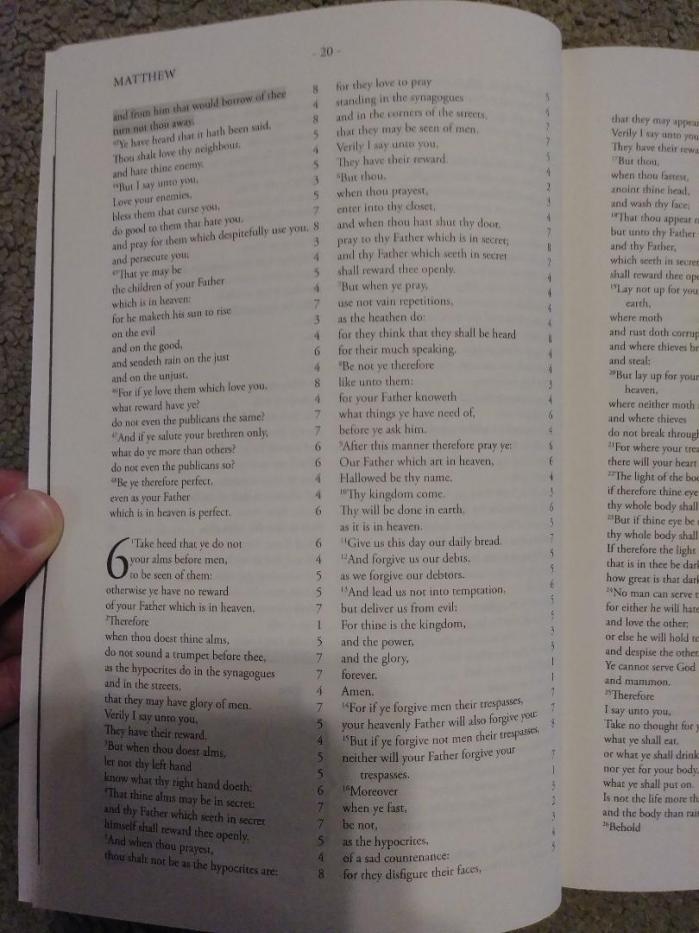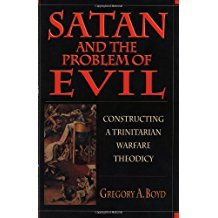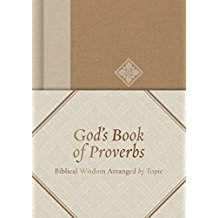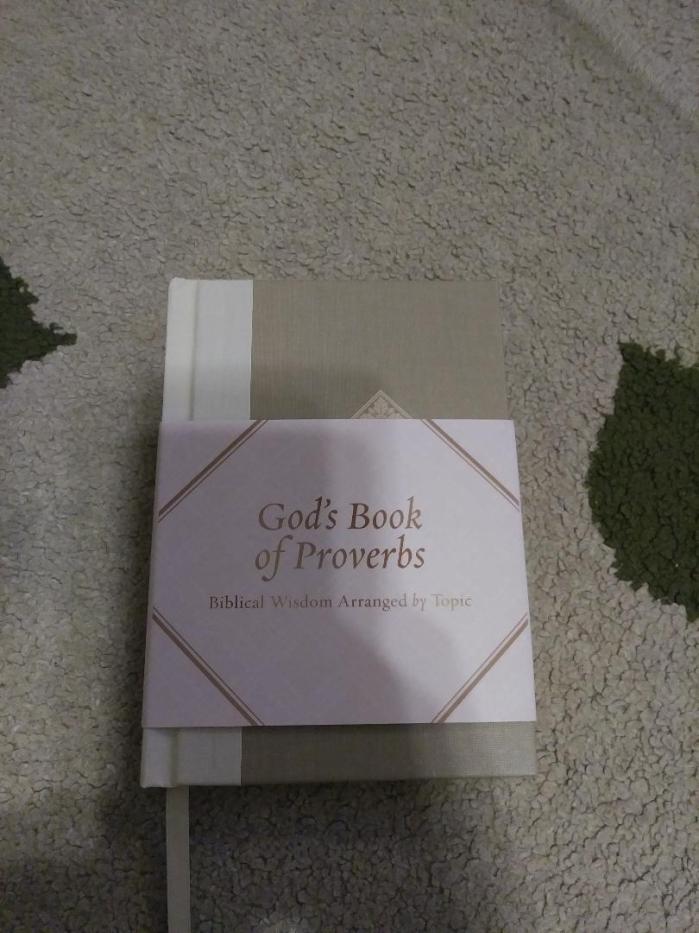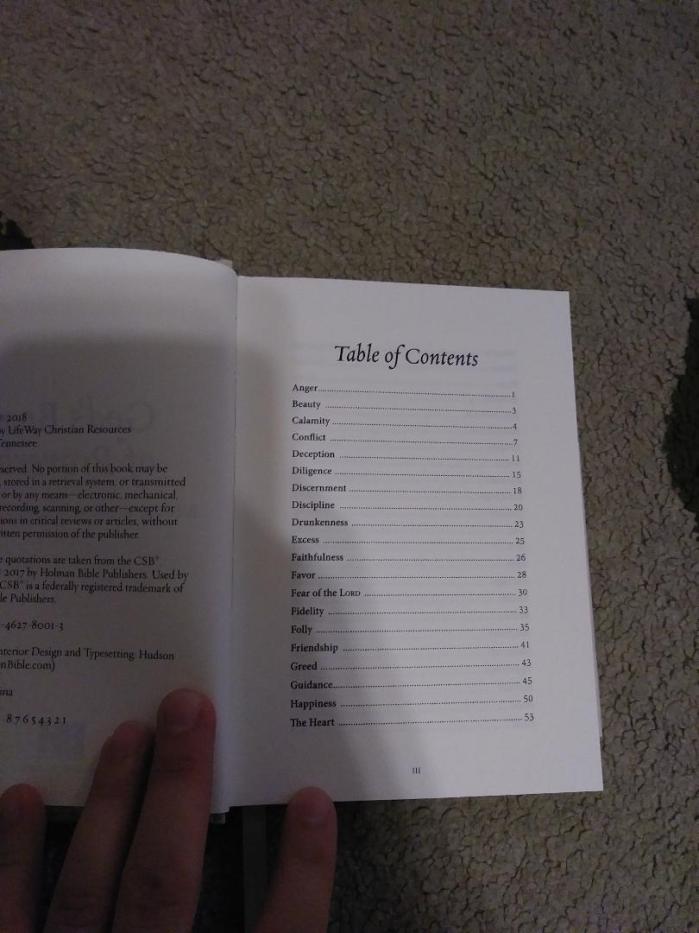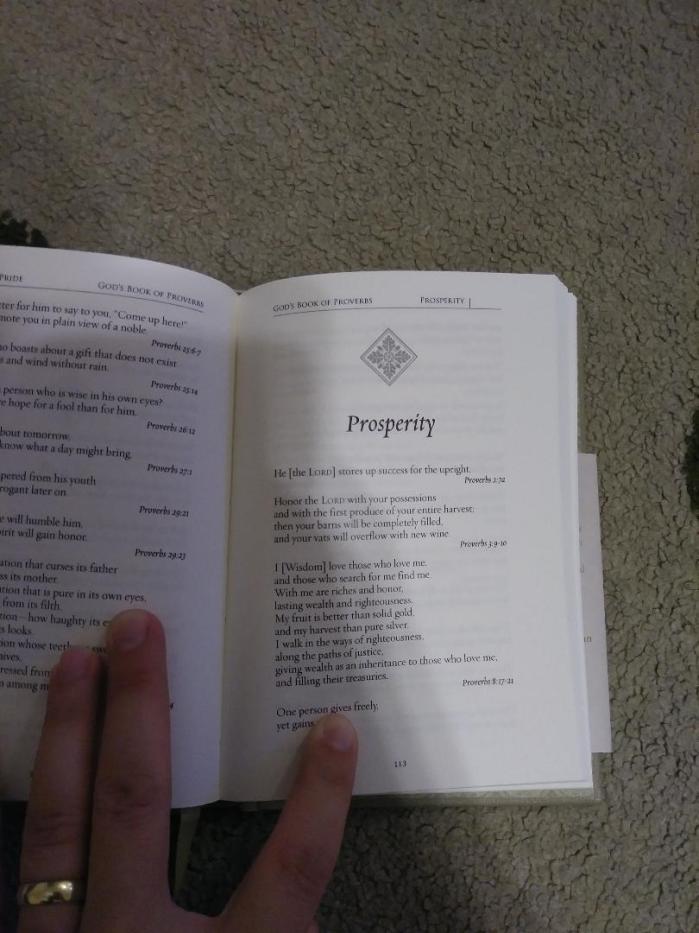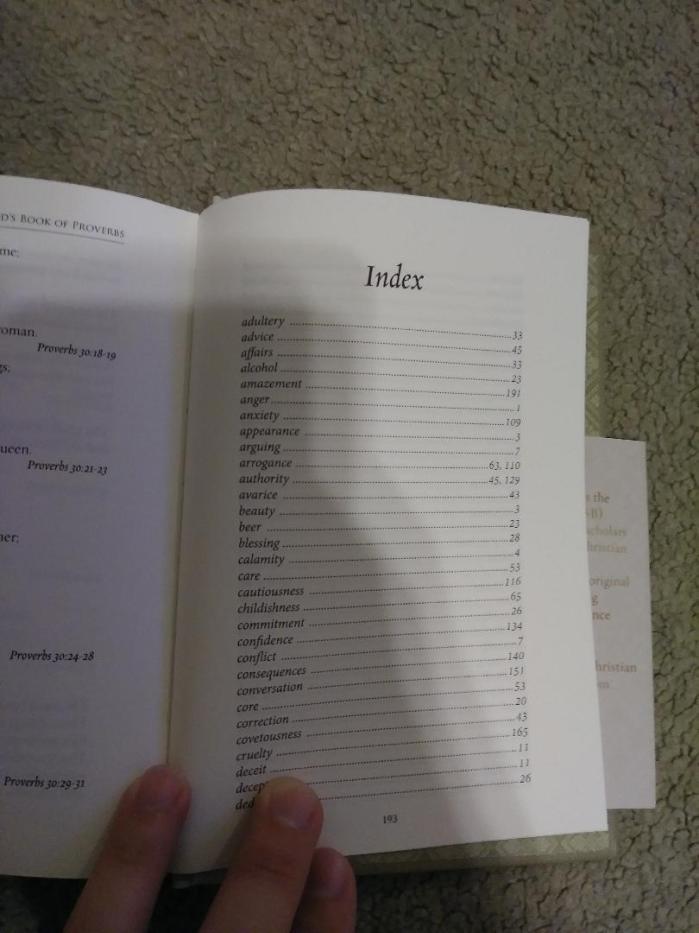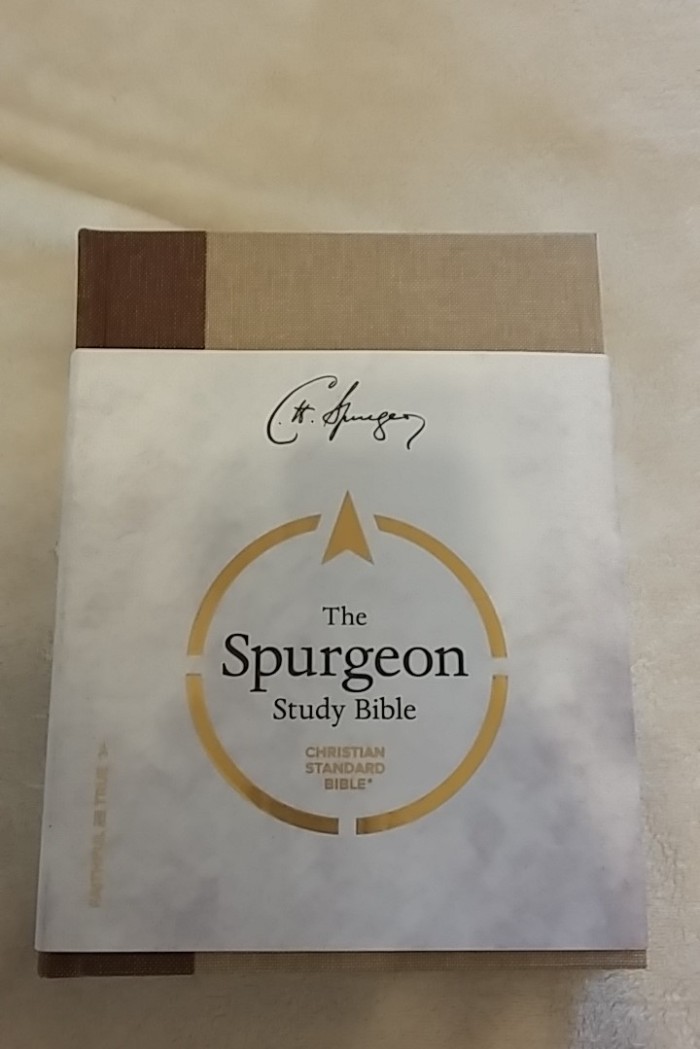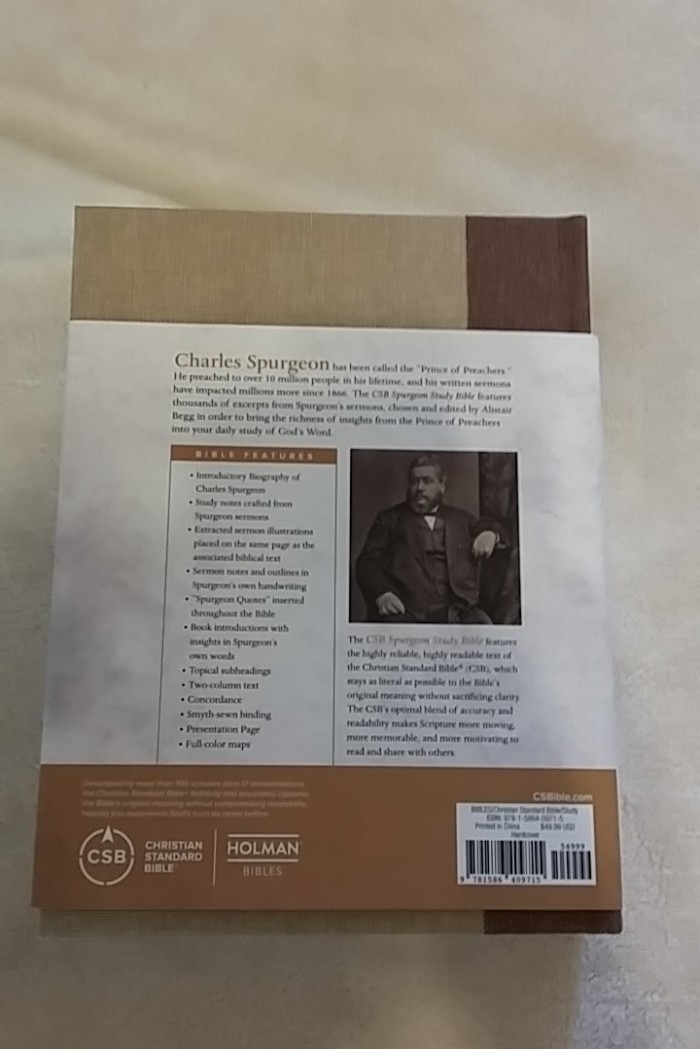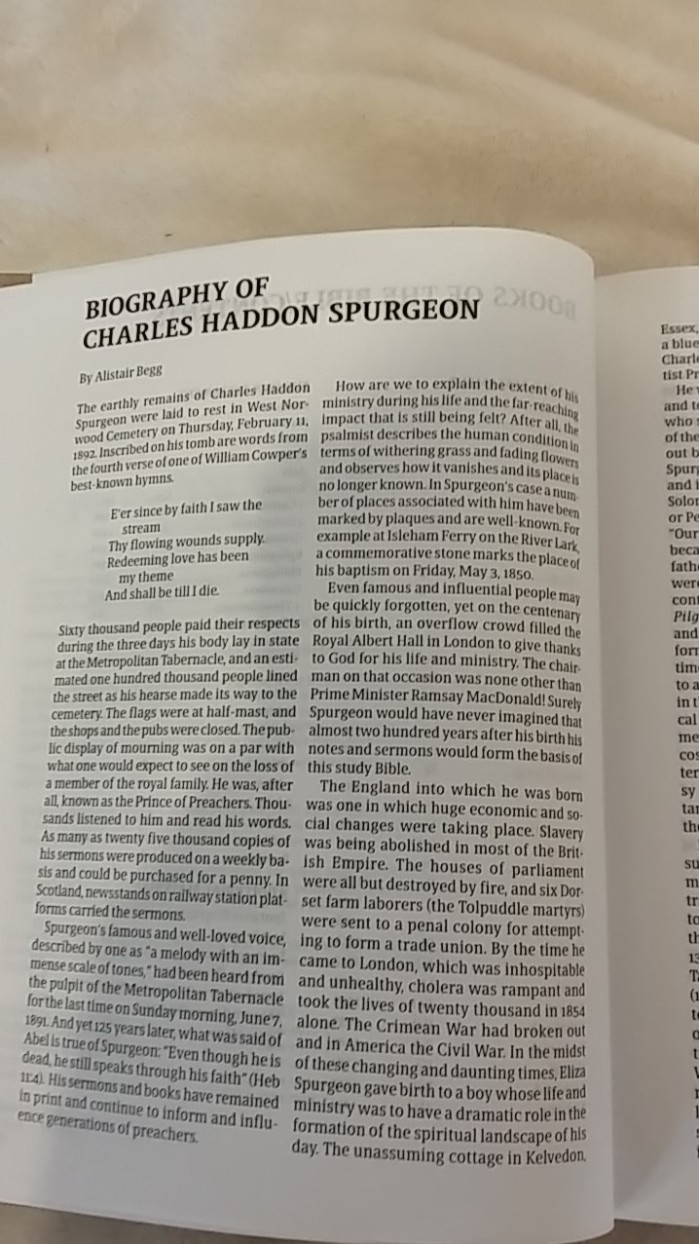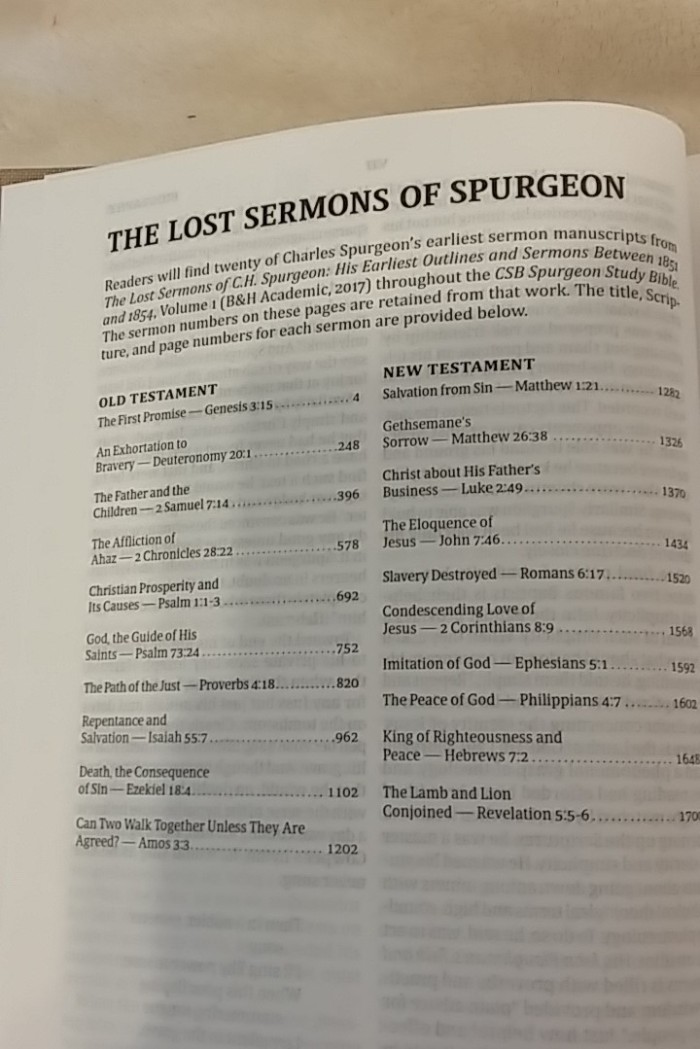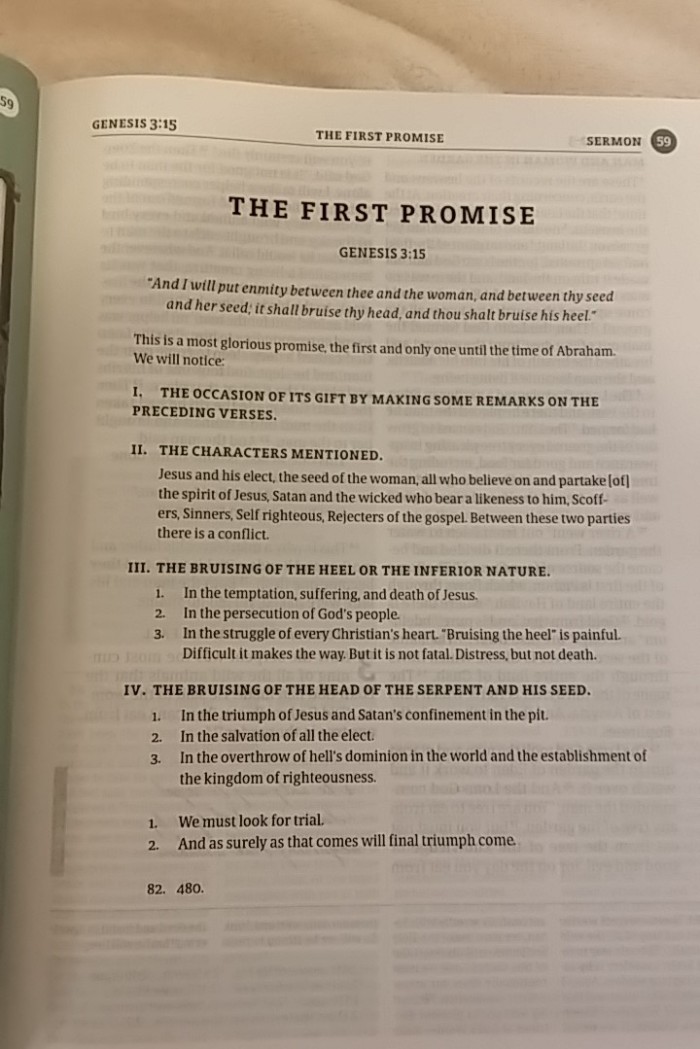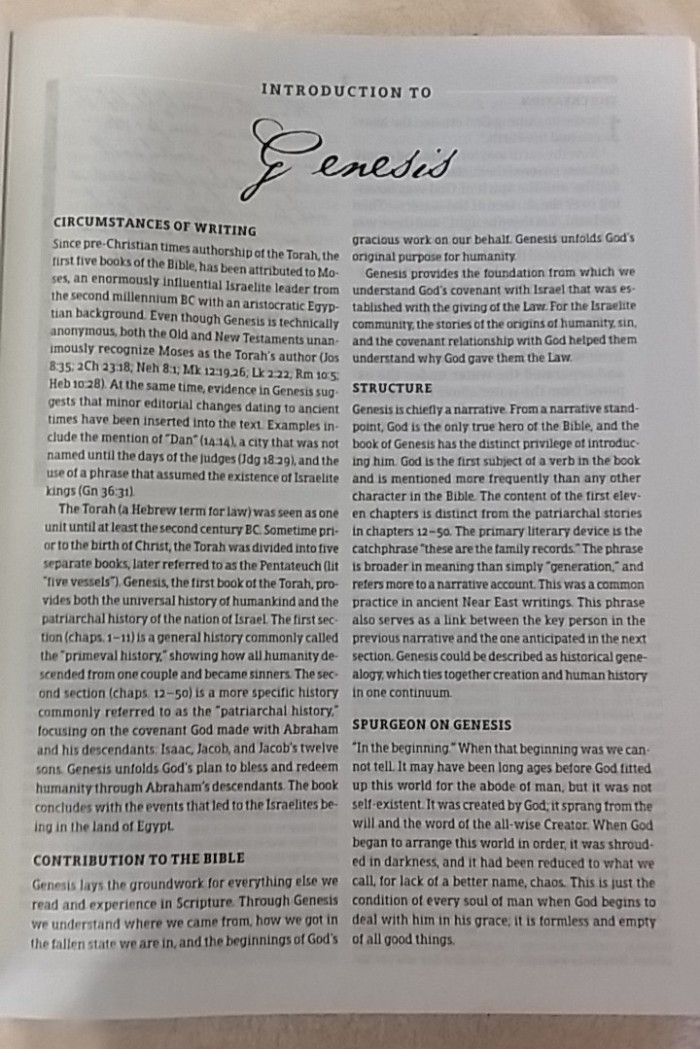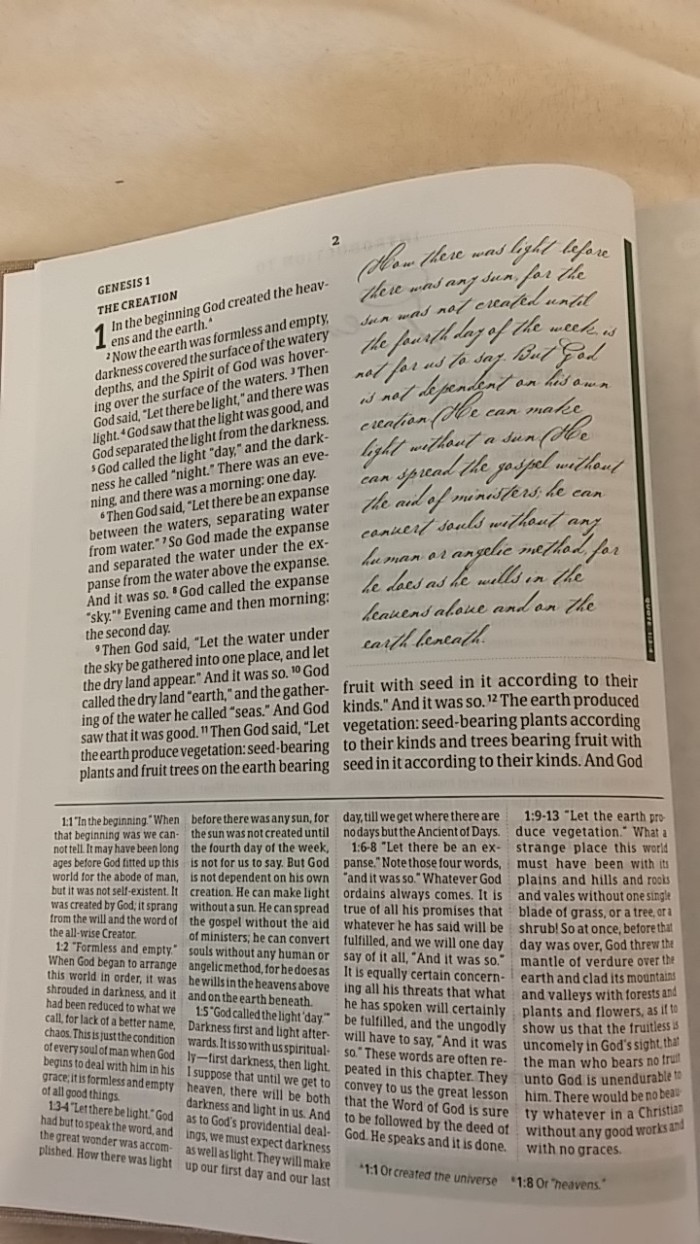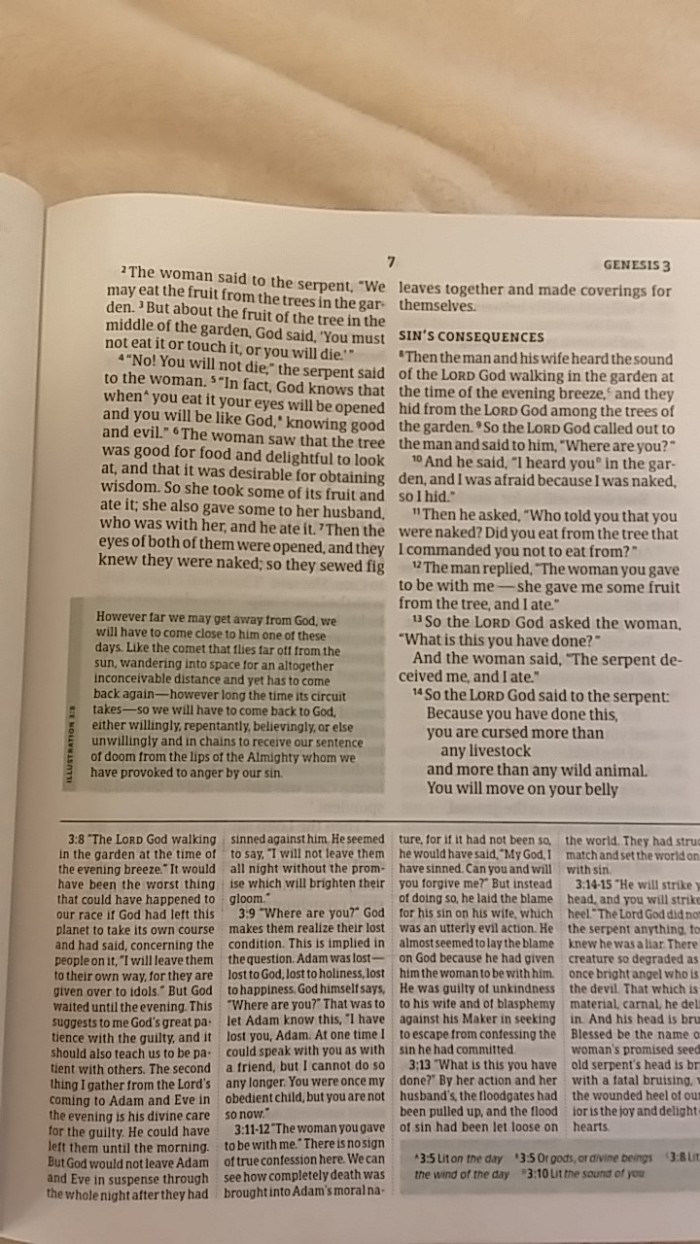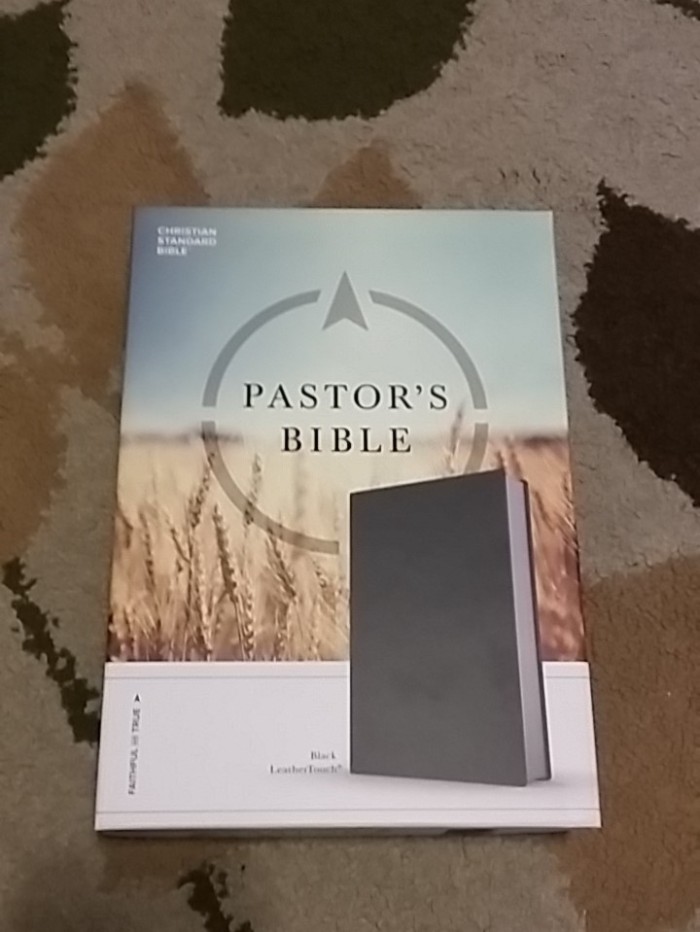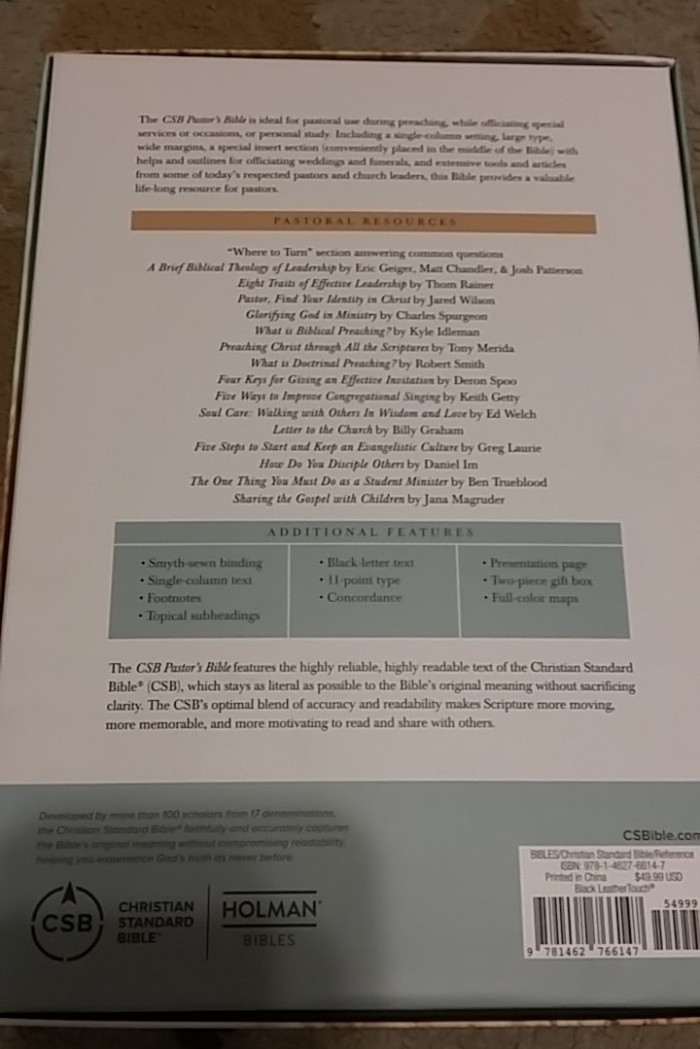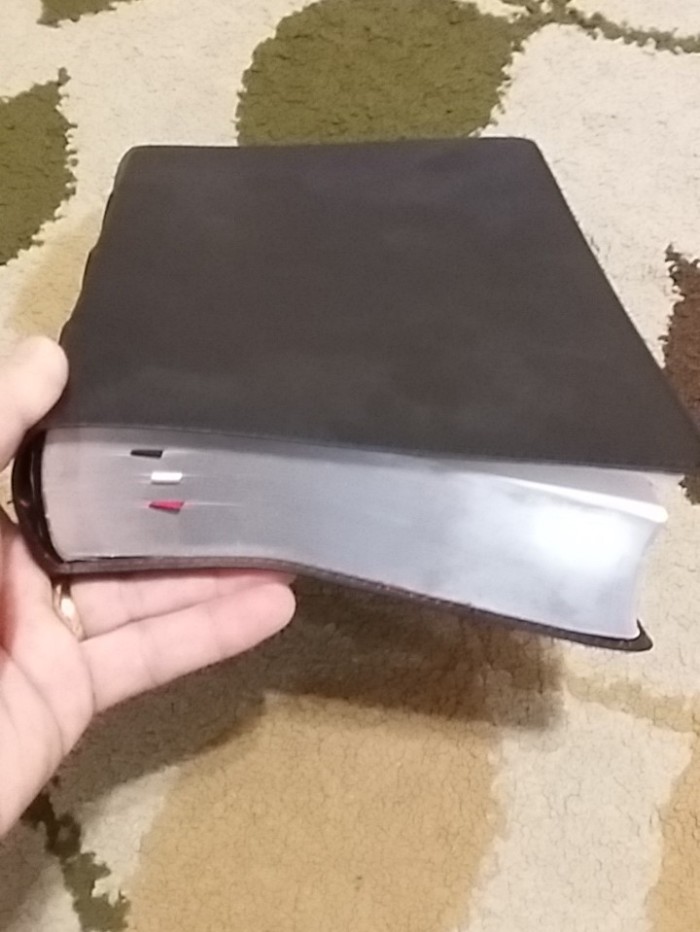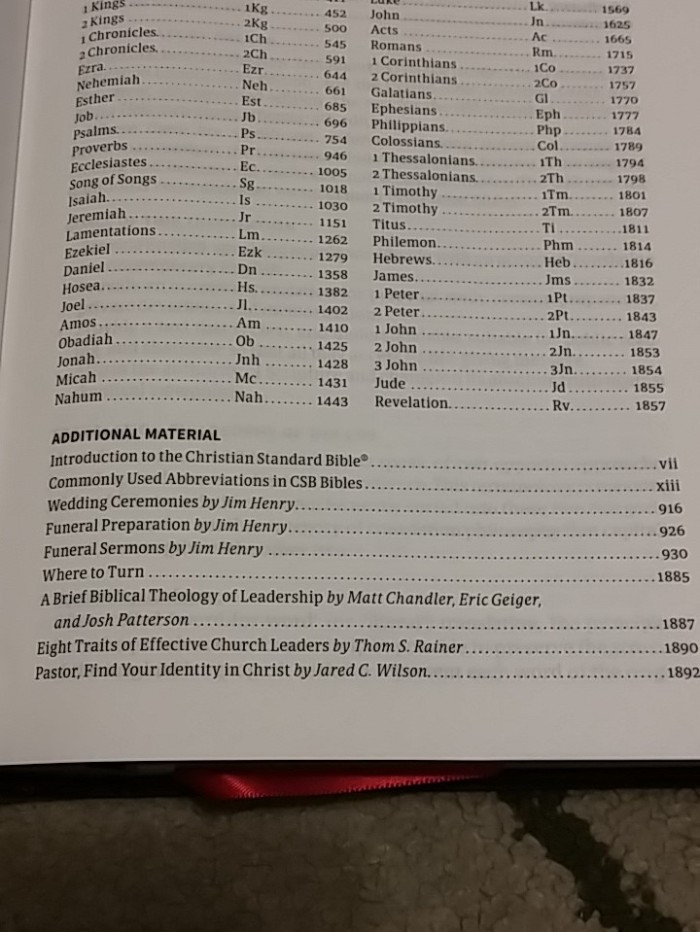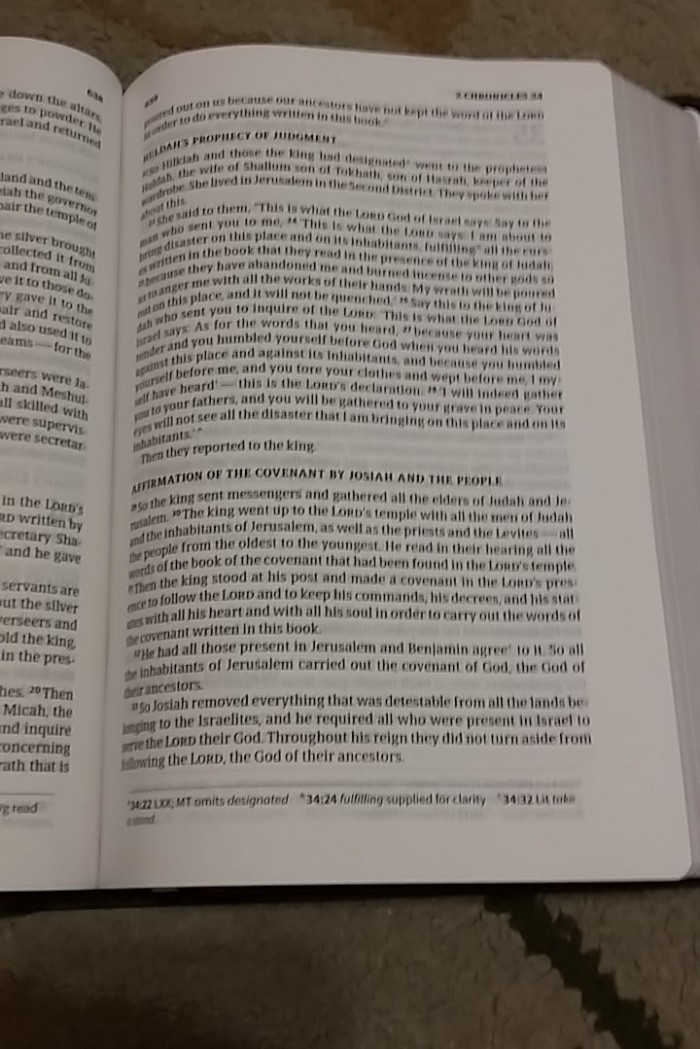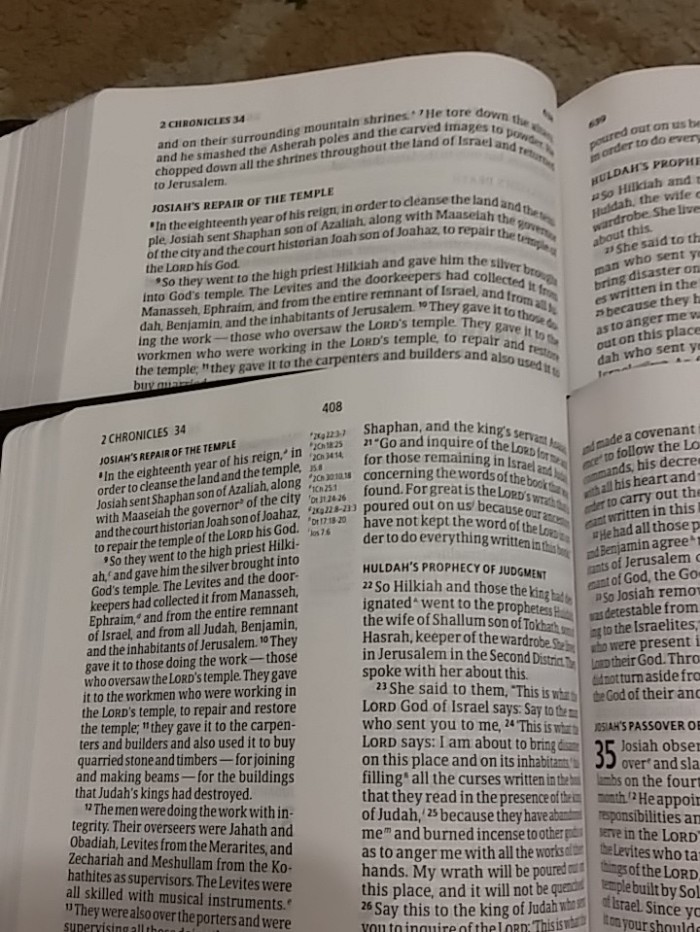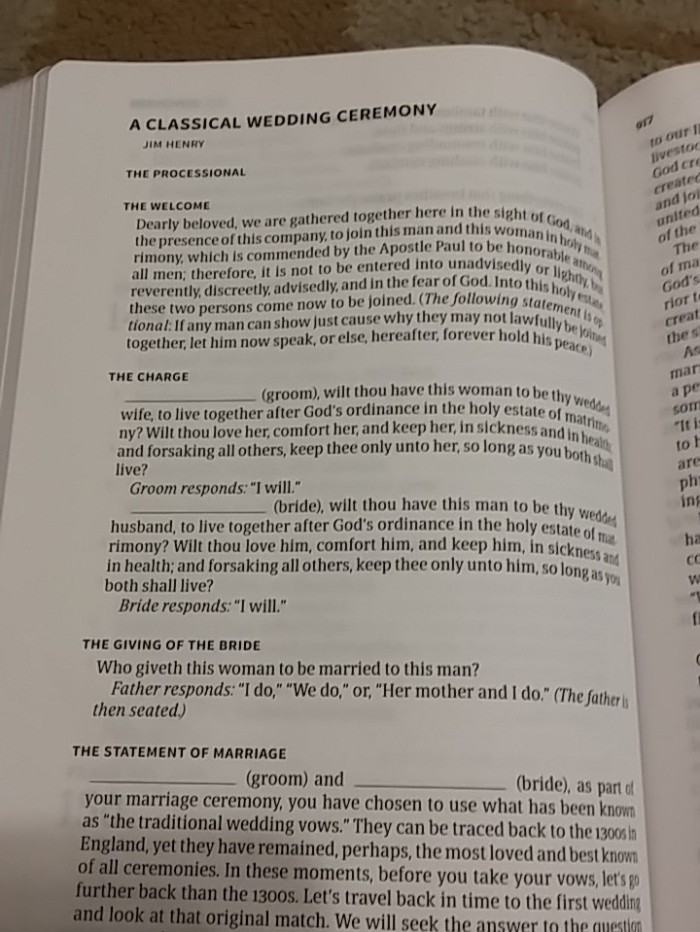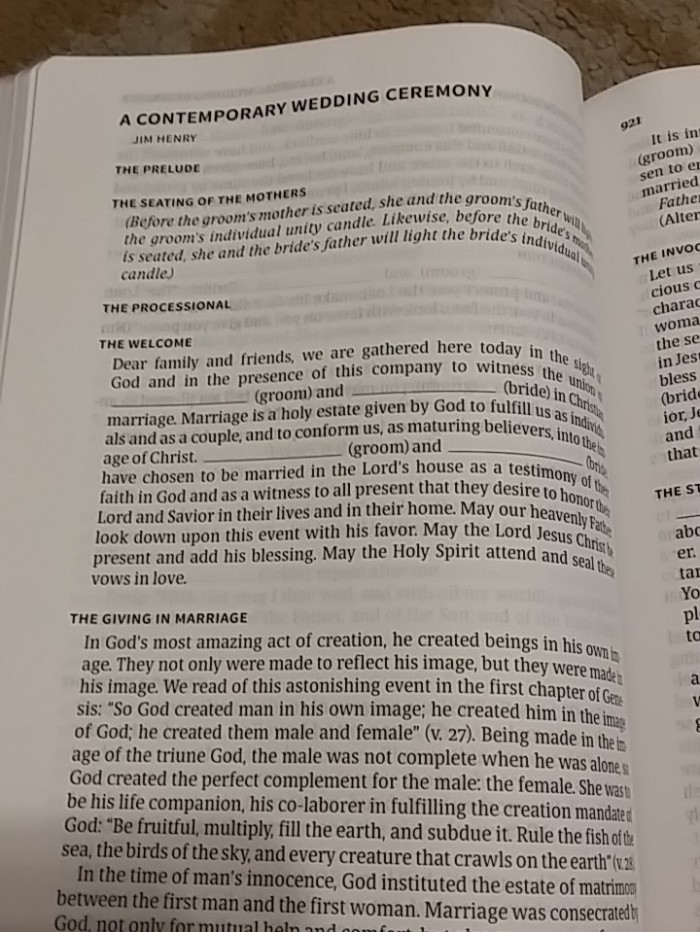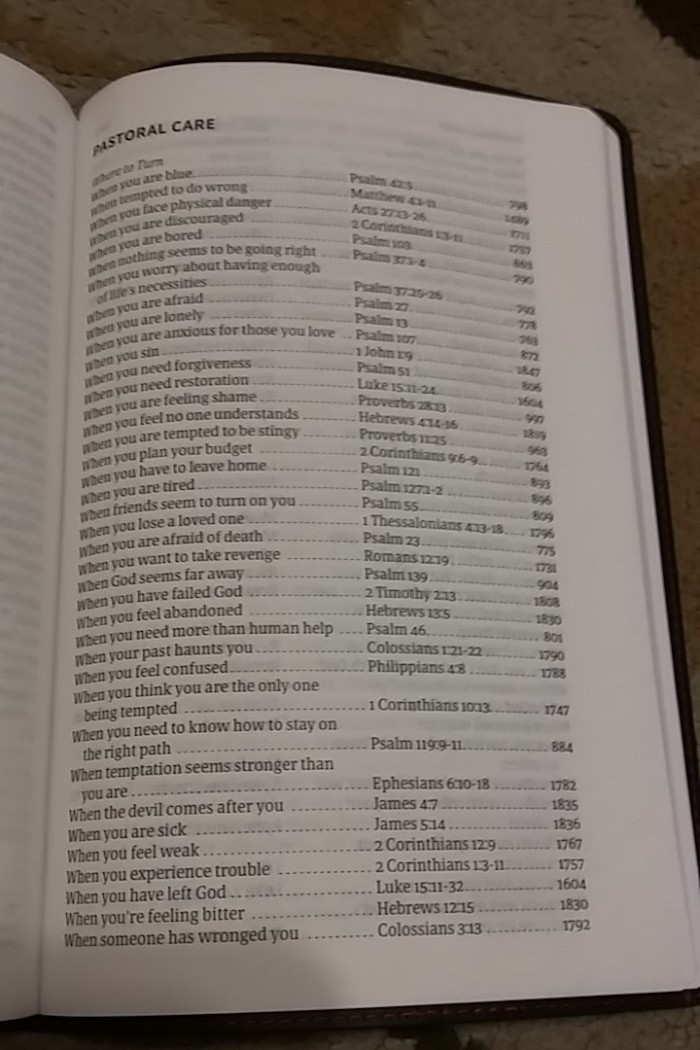*If you will, please click one more time to my new site to read this post. It will help begin moving traffic there. Thank you so much for your help! I appreciate your being a loyal reader!

*Update (4/24/18): I have recently posted a follow-up blog post to this one. In the new post, I explain that I have decided to make the CSB my primary Bible. You can read the new post here: Update on the CSB – I Am All In!
________________________________________________________________________________________
So, the Christian Standard Bible (CSB) was released this year. It is something of an update to the HCSB that was previously released, but the revisions are so extensive that it has become its own translation, replacing the HCSB all the way around.
Let me give a little background on myself so that there can be some context to the rest of my post. I mainly read the NIV (1984) for many years after becoming a Christian. It was my main Bible, while I would look at and compare others. When the TNIV came out, I remained with the 1984 NIV (occasionally using the NASB or KJV) as my main translation. In 2011, when Biblica revised the NIV and completely replaced the 1984, never to be supported or published again, I was not too happy with it. I didn’t like some of the choices of how they chose to treat gender, and some of the ways they handled it in writing simply didn’t sound right to me. While I understand the importance of making context clear (maybe saying “brothers and sisters” instead of merely “brothers” for the Greek word “adelphoi”), it seemed that the NIV went too far in some cases. (This is personal preference, and I am aware that there are great scholars who feel the NIV got it just right. I would not put myself on the same level as any of these scholars, and I don’t fault anyone who loves the NIV.)
For my purposes, I also found the permissions a little harder to obtain for the NIV. So I began looking for a translation that would grant the permissions I needed to present Scripture dramatically. After checking several translations and publishers, I ended up settling on the ESV. I have used it for the last several years almost exclusively. I have studied it, taught from it, and memorized large portions of it for presentation.
I did look at the HCSB, but some of the readings seemed to be a little too “new” for my liking.
When I heard the CSB was coming out, I was certainly interested. I requested a sample, and was graciously given an entire copy to review.
Before I go further, for those who have not searched my blog a lot or don’t know me, I am in a different situation than some. I have taught Sunday School and preached before, so I tend to look at translations from a teaching or scholarly perspective. But my main form of ministry is presenting large portions of Scripture from memory in a dramatic way. These two forms of ministering to others have caused some struggles in me as I try to look at translations. From the teaching side, I want to be as close to the original text as possible, because I can explain anything that is culturally separate from our time, hard to understand, etc. But from a presenting side, I don’t get to do that. I get one shot to communicate as much meaning as possible, so a translation that clears up confusion for the reader by translating cultural issues into our current understanding is better. To borrow Paul’s musing, which shall I decide? I cannot tell; I am torn between the two.
Let me also add very clearly that my critiques of the CSB are not the final word in any way. I believe Bill Mounce has said, “There is always a reason” for any translation choice, and just because it doesn’t make sense to me, doesn’t mean that it is wrong. There is a lot I am not aware of with the translation process in general and, of course, the CSB in particular. Still, as I compare, some of the thoughts that have come to mind are listed below.
I have taken a lot of time to read through large portions of the CSB, and I have also spent a lot of time comparing individual verses and words to the ESV, NASB, NET (with its extensive notes), and the original Greek (with what very limited knowledge I have). Time and again I am seeing how the CSB has seemingly gotten a translation right where I may have originally questioned it. Now, that is not to say it is perfect, but the more I look at it, read it, and examine it, the more I find where their translation decisions make sense. It is also helpful that a representative of the CSB has taken several opportunities to respond to emails I have sent asking about translation decisions when I cannot find information to help me understand their choice.
A few examples are Revelation 5:6, where John writes “Then I saw one like a slaughtered lamb…” Most translation say “a lamb that had been slain” or something like it. While “slaughtered” is very different, it conveys more of the visual of what John would have seen; this lamb was not pretty. And the Greek does allow that as a possible meaning of the word.
Revelation 7:17 in the CSB says “For the Lamb who is at the center of the throne will shepherd them.” I believe the ESV says (and this is from memory, so if it is not correct, it is my fault) “will be their shepherd.” Gramatically, the CSB has it here from what I can tell. The word in the Greek is a verb not a noun.
While “propitiation” may be a great theological term, and one we need to know, the CSB’s choice in 1 John 2:2 of saying “He himself is the atoning sacrifice for our sins” is clearer to the average reader, and, to me, ties it in to the Old Testament concept of sacrifice more clearly than the word “propitiation” does.
Revelation 5:4 in the CSB has John saying “I wept and wept.” The ESV says “I wept loudly,” I believe. As far as I can tell, the Greek is closest to saying “I wept much,” so the CSB seems closer to the Greek here. (To me, someone weeping loudly does not imply how much they are crying, just how intense at that moment.)
In 1 Corinthians 13:5, the CSB says love “does not keep a record of wrongs,” versus the ESV’s “is not resentful.” I believe the CSB, from my study, brings out the original word picture more clearly.
In Matthew 6:32, the CSB clearly brings out the tense of the verb by saying “For the Gentiles eagerly seek all these things.” The ESV says “For the Gentiles seek after all these things.” The same is true regarding the tense of the verb in Hebrews 12:2.
Now the CSB does translate “adelphoi” as “brothers and sisters” when they feel the context requires it, but unlike the NIV, I feel the CSB has a good balance here. They are not afraid to still use “he” instead of switching to the plural “they” to avoid sounding gender specific. They also don’t translate everything this way, but only when they think it is truly warranted by the context. I find the CSB has a good balance of when to translate it inclusive of both men and women or not.
I could keep going with areas I think the CSB really gets the text right, but this post is already getting quite long.
That being said, there are areas I think the CSB could have gotten things a little better. For example, in Matthew 13:13, the CSB says, “That is why I speak to them in parables, because looking they do not see, and hearing they do not listen or understand.” In my limited knowledge, the Greek here gives a play on words by saying something like “seeing they do not see, and hearing they do not hear or understand.” I like that word play, and I really wish I saw it here.
I also found a word missing (confirmed by someone from CSB) in Acts 22:3. There should be some sense of a word “strict” or “thorough” related to Paul’s training in the law. This was, as I understand it, a mere oversight while typing everything out, and it will be corrected.
In 1 Kings 18, the ESV has Elijah taunting the prophets of Baal by insinuating that their God had gone away to relieve himself, but the CSB says “maybe he has wandered away,” relegating the ESV’s text to the footnotes.
Psalm 19:5 in the ESV says something like “a groom coming from his bridal chamber,” whereas the CSB says “like a bridegroom coming from his home.” I’m sure there is an explanation for this, and I have not asked yet, but most translations seem to align with the ESV, from what I can tell.
One of the hardest to get used to is in Daniel 5:6, where the king is so frightened after seeing the writing on the wall that “his face turned pale, and his thoughts so terrified him that he soiled himself and his knees knocked together.” Most translations imply his legs gave out or something along those lines. I have read an article explaining why the CSB went the way it did, and I can see it, though a scholar of ANE languages said he felt it was a stretch.
In the 23rd psalm, they chose to switch from “I shall not want” or even “There is nothing I lack” (both of which I have seen before) to “I have what I need.” Ultimately, the meaning is not obscured, but I wonder why the switch to get rid of the negative word from the Hebrew that I believe is there and is reflected in the first two options mentioned here.
The CSB also says “He lets me lie down in green pastures” as opposed to the more common “He makes me lie down in green pastures” (ESV). I like the idea of making/causing more than merely permitting (which seems to be implied in “lets”).
Deuteronomy 10:12 is another verse I am not sure about. The ESV says something like “…and to serve the Lord your God with all your heart and all your soul.” The CSB says “…and to worship the Lord your God will all your heart and all your soul.” Most translations agree with the ESV here, and from what I can tell, the Hebrew word seems to usually mean “serve.”
Again, in all of these critiques, I understand that the translators had a reason. Maybe I will be able to find out what it is through study and maybe emailing someone.
Because of my ministry, I also tend to think about presenting out loud. That is the one area where the ESV, for example, is a great translation: it is very poetic and rhythmic, and it retains a lot of that from the KJV. For presenting out loud, that rhythmic, literary sound is great. But it is not always natural.
The CSB definitely sounds more like how we would normally communicate with each other. They use contractions (don’t we all?), and its word order is more like common English speech, breaking with Greek and Hebrew word order to do this. Some people like this, while some do not.
But there are times where the CSB becomes a little more difficult. Jeremiah 31:31-34 is an example. Most translations say “thus says the Lord” or “says the Lord.” The CSB says “this is the Lord’s declaration” or “the Lord’s declaration.” It says it 4 times in these 4 verses, for example. What’s interesting is that it is very accurate to the Hebrew, from what I can tell. (The NET notes specify the Hebrew says “the Lord’s oracle.”) The problem is, it doesn’t flow as smoothly when speaking out loud, in my opinion.
Another example of where the speaking out loud comes in to play is when someone’s quotes are interrupted by saying who is talking. John 1:21 in the CSB says “‘What then?’ they asked him. ‘Are you Elijah?'” The ESV puts who is speaking first always (as does the Greek, from what I can tell). In this verse, for example, it says “And they asked him, ‘What then? Are you Elijah?'” When reading, there is no issue here; if anything, the CSB keeps things fresh and from getting too repetitive. But when presenting out loud from memory, it can be easier to preface with who is talking to show transition in speakers.
Where this has been difficult for me is that for the last few years I have been conditioned to think of the most formal/literal translation as the best. But as I have presented dramatically, I have questioned that somewhat.
If I am presenting to a crowd of people, all of whom are at various stages in their Biblical literacy, is it better to say “not an iota, not a dot will pass from the law” as the ESV does (since not everyone may understand what an iota is), or should I say “not the smallest letter or one stroke of a letter” as the CSB does? What about “Sufficient for the day is its own trouble” (ESV) instead of “Each day has enough trouble of its own” (CSB)?
When I present, I cannot stop and clarify hard-to-understand ideas and terms like I could if I were preaching or teaching. So I have grown more to think that it may be better for me to present something that will more clearly communicate meaning without hindrance to hearers.
What’s really interesting is that it seems you have to possibly stop either way. If you use a formal translation, you often have to stop and explain what the text means to communicate to your hearers. If you use a dynamic translation, however, you may have to do the opposite, stopping and explaining what the original text said. So it sort of becomes a toss up as to which way you go.
Of course, the CSB is willing to break with tradition for the sake of accuracy (look at Psalm 23, for example), and that could be jarring to some people who are so used to hearing “Yea, though I walk through valley of the shadow of death” (KJV) as opposed to “Even when I go through the darkest valley” (CSB). The CSB is more accurate here. But people are so used to hearing it the other way that I wonder if they might reject hearing the CSB version just because it sounds so different. But I am also wondering if I should elevate tradition above clarity and accuracy?
Is the CSB a perfect translation? No. Believe me, while I would like one, in my studies I have quickly found it does not exist. Is the CSB a good translation? Absolutely! It stays very literal (sometimes more so than even the NASB or ESV) while still being very readable and clarifying ideas when needed. It sounds very natural while reading aloud, which is a big consideration for me with what I do.
I have not decided completely whether I will be making the switch from ESV to CSB yet or not, but I am certainly leaning toward it greatly. The more I read the CSB, the more I like it. Yes, it loses some of the literary quality of the ESV, and yes, it sometimes loses the cultural distance of a formal translation. But it gains readability and understandability, which are very important factors as well. The translation reminds me very much of what the 1984 NIV used to be, although the CSB is a little more literal.
I look forward to continuing to dig in to the CSB more, to learn more about it, and to keep comparing it to other translations and the original languages as I am able. I must say I am quite impressed. I think, last I saw, it was already #6 out of the top 10 Bibles in terms of sales, and that is only after less than one year. They are producing some great editions (some of which I hope to review eventually), and the translation is a sheer joy to read.
If you haven’t checked out the CSB, I strongly encourage you to do so!

